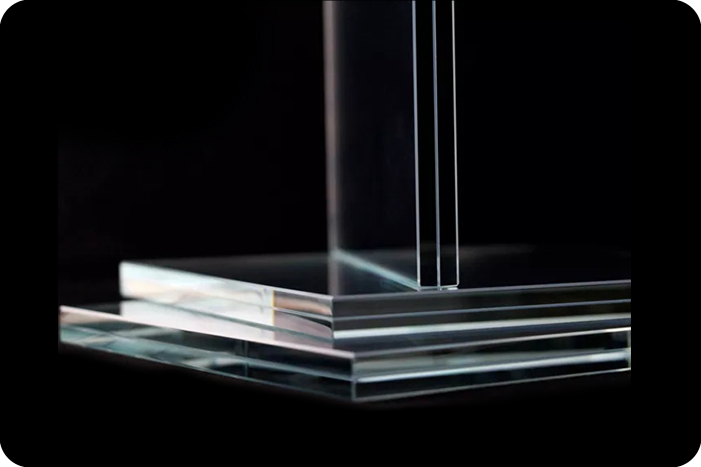When using anti-reflective glass in museum display cases, balancing color fidelity and light transmittance is a critical consideration. Here are some suggestions and methods to achieve this balance:
1. Understand needs and choices
Clarify display needs:
First, it is necessary to clarify the types and characteristics of the exhibits in the museum display cases, as well as the specific requirements of the display environment.
Determine the required color fidelity and light transmittance levels based on the material, color, texture and other characteristics of the exhibits.
Choose the right anti-reflective glass:
There are many types of anti-reflective glass on the market with different reflectivity, light transmittance and color fidelity performance.
By comparing the performance parameters and actual effects of different products, choose the anti-reflective glass that best suits the needs of museum display cases.
2. Design and manufacturing optimization
Optimize film design:
The film design of anti-reflective glass has an important impact on color fidelity and light transmittance.
By adjusting parameters such as film thickness, refractive index and number of layers, the balance between color fidelity and light transmittance can be optimized.
Use advanced manufacturing technology:
Advanced manufacturing technology can ensure the quality and performance stability of anti-reflective glass.
For example, the use of precision sputtering or chemical vapor deposition technology to prepare thin films can improve the color fidelity and light transmittance of anti-reflective glass.

3. Installation and debugging
Precise installation:
The installation position, angle and inclination of anti-reflective glass will affect its color fidelity and light transmittance.
Therefore, during the installation process, it is necessary to ensure the precise matching of anti-reflective glass with the showcase frame, as well as the correct installation angle and inclination.
Debugging the lighting system:
The lighting system has an important impact on the display effect of exhibits.
By debugging the brightness, color temperature, light distribution and other parameters of the lighting system, the relationship between color fidelity and light transmittance can be further balanced.
4. Maintenance and care
Regular cleaning:
Regularly cleaning the dust and dirt on the surface of anti-reflective glass can maintain its good light transmittance and color fidelity.
Use professional cleaners and tools for cleaning, and avoid using chemicals or tools that may damage the glass.
Inspection and maintenance:
Regularly check the integrity and performance of anti-reflective glass to detect and deal with potential problems in a timely manner.
If the anti-reflective glass is found to have scratches, cracks, or performance degradation, it needs to be replaced or repaired promptly.





